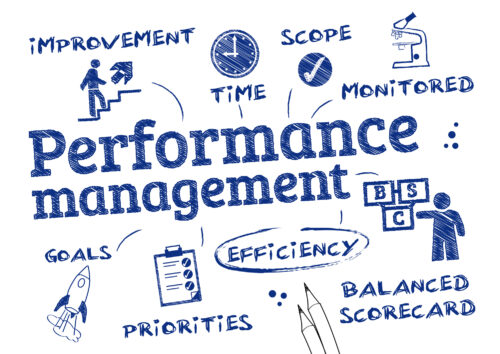Optimizing Patient Flow in Optometry Practices
Running a smooth and efficient optometry office hinges on effective patient flow management. From scheduling appointments to check-out, the entire process involves various steps that can become complex for staff.
Challenges in Patient Flow Management
One major hurdle lies in appointment scheduling and coordination. Optometrists cater to diverse patient needs, including routine exams, screenings, contact lens fittings, and treatment for various eye conditions. Accommodating these varied appointments while ensuring optimal utilization of resources like equipment, staff, and time slots can be challenging.
Long wait times are another pain point, leading to patient dissatisfaction. Delays can arise due to overbooking, emergencies, inefficient check-in processes, or extended examinations. Addressing these issues requires strategies like optimized scheduling algorithms, streamlined check-in with pre-appointment paperwork completion, and improved communication regarding wait times.
Ensuring Smooth Transitions
Patient flow management also involves ensuring seamless transitions between different stages of the visit. This includes efficient handoffs between receptionists, technicians, and optometrists, along with coordination of additional services like optical dispensing or specialty testing. Poor coordination can lead to bottlenecks, errors, and delays in patient care. Utilizing automated messaging for appointment reminders, recalls, drip campaigns, and product pick-up notifications can significantly reduce these issues.
The Role of Technology
Electronic health records (EHR) systems are crucial for patient flow management but can also present challenges. Issues like system downtime, slow performance, lack of interoperability with other software, and staff training gaps can hinder workflow optimization. Optometry practices need robust EHR systems tailored to their specific needs and workflows to maximize productivity and patient satisfaction. Integrated solutions like EyeAppoint can significantly enhance workflow efficiency.
Optimizing Staffing
Efficient patient flow management also relies on optimizing staffing levels and roles. Having the right number of staff with appropriate skills and training ensures each step of the patient’s journey is handled effectively and without delays. Cross-training staff members can further enhance efficiency by allowing them to fill gaps during peak periods or unexpected absences.
Conclusion
Patient flow management presents various challenges for optometry offices. By proactively addressing these issues and leveraging technology and best practices, optometry practices can significantly enhance efficiency, productivity, and the quality of patient care, ultimately leading to improved patient outcomes and practice success.
**EyeAppoint can be your technological partner in fostering greater success. Let’s discuss how we can streamline your patient flow management!**

















